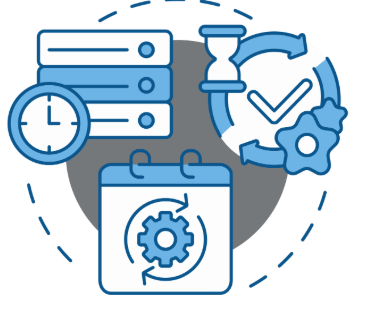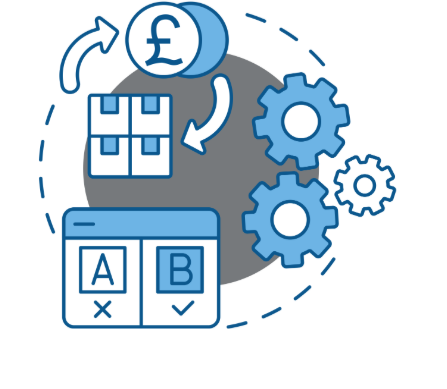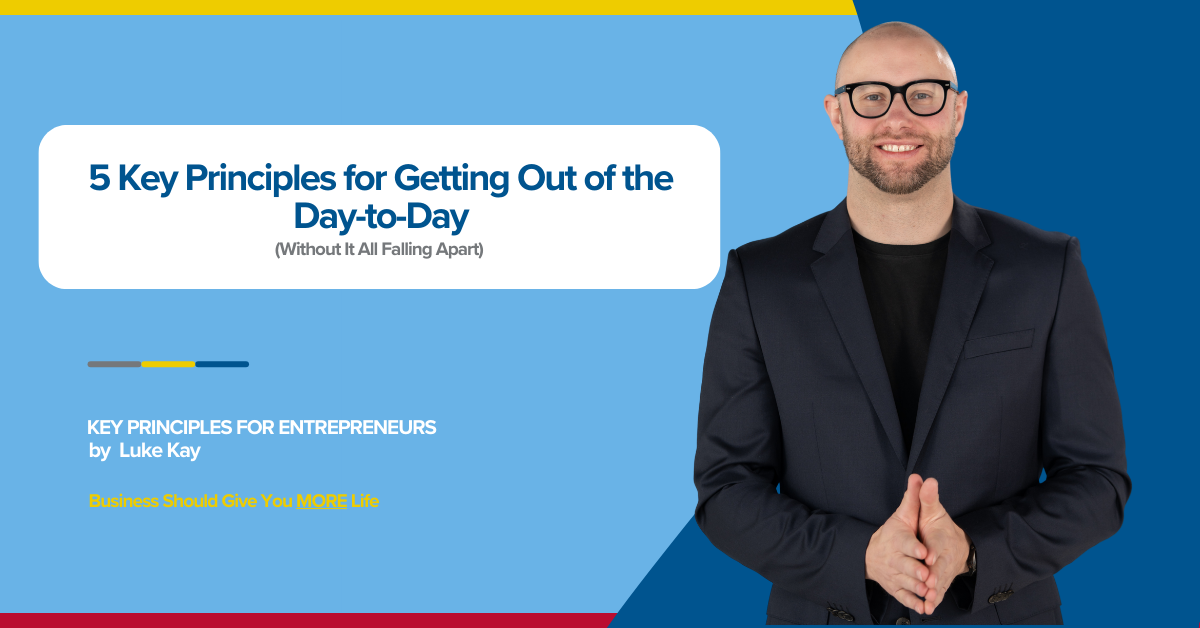You didn’t start a business to become its most overworked employee.
Let’s be real, if everything still runs through you—approvals, decisions, troubleshooting—you’re not leading a business. You’re running a glorified job.
Not only that, if you don’t step out of the day-to-day, your business can’t grow past you but, that doesn’t mean letting go and hoping for the best. You need the right structure to step back without it all falling apart.
This week, we break down 5 strategies that help business owners extract themselves from the day-to-day, and build a business that runs with or without them.
Key Principle #1: Delegate Outcomes, Not Just Tasks
Most owners delegate like this:
“Can you send this email?”
“Can you book this in?”
It feels helpful—but it keeps you in control of the thinking. You still have to decide what matters, what success looks like, and whether it’s been done right.
Handing over outcomes is different. You define the goal, set expectations, then let your team figure out how to deliver it. That’s how you build thinkers, not just doers.
Letting go isn’t about handing off busywork—it’s about handing over responsibility. You’re not just freeing up time; you’re developing leadership.
Key Principle #1 Case Study: Case Study: Knowsley Lift Services
For years, co-director Tommy Murphy was juggling everything—projects, staff, customers—you name it. Like many owners, he thought stepping back would mean things would slip through the cracks. But after working on his leadership skills, he started letting go. He delegated with confidence, trusted his team to handle the details, and suddenly his role looked very different.
The business didn’t slow down—in fact, it started running smoother. Less stress for him, more energy for the team. Delegation isn’t about losing control; it’s about giving your business room to breathe.
Key Principle #2: Build Trust Through Transparency
When your team can’t see what’s coming, they’ll keep leaning on you. Most owner-dependence comes from uncertainty—not laziness. People need clarity to take initiative.
You invite your team to think like owners by sharing your goals, metrics, and priorities regularly, That creates buy-in and builds trust both ways.
If you want people to act like leaders, treat them like leaders. Be transparent with expectations, performance, and direction.
Key Principle #2 Case Study: Silky Bouquets in Liverpool
Founder Anna Jenkins was swamped with running everything herself—customer orders, staffing, the works. It left no time for big-picture thinking. But once she shifted her focus to leading rather than doing, things changed fast.
She restructured the business, set up clear roles, and gave her team ownership. Within a short time, Silky Bouquets expanded, opening new showrooms in Aigburth and Widnes. Anna got her time back to focus on growth instead of firefighting. That’s the difference between running around in the business and actually leading it.

Key Principle #3: Use Dashboards to Stay Informed, Not Involved
The fear of stepping back often comes from not knowing what’s happening. Owners stay in the trenches because it feels safer than losing control.
But being informed doesn’t mean being involved. Dashboards give you visibility without micro-managing. You see the data. Your team runs the operations.
What gets measured gets managed. What gets seen gets believed. A good dashboard lets you lead from a distance—without losing confidence.
Key Principle #3 Case Study: The Protein Works
From the start, they knew growth depended on systems. They built processes into everything—ordering, production, customer service—so it didn’t rely on one or two key people holding it all together.
Fast forward, and they’ve grown into a £50m-a-year business, even moving into a £10m state-of-the-art HQ. Their success proves a simple truth: with solid systems, your business doesn’t just survive without you—it thrives.

Key Principle #4: Train Your Second-in-Command, Not a Clone
You don’t need a carbon copy of you—you need someone who can complement you and handle operations with competence and confidence.
Identify a second-in-command who can run the day-to-day while you focus on growth. Train them in your decision logic, not just your tasks. Let them shadow you. Let them lead meetings. Back them publicly.
Your second-in-command is your exit plan. The stronger they are, the freer you become.
Key Principle #4 Case Study: Montirex
The Liverpool sportswear brand started by two mates, Daniel and Kieran spotted a gap in the market for affordable, stylish sportswear and backed each other all the way. Instead of trying to do everything alone, they built smart partnerships—with suppliers, distributors, and even retail giants like JD Sports.
The result? A self-funded business projected to hit £130m in 2025. That’s the power of not carrying it all yourself—collaboration multiplies results.

Key Principle #5: Rewire Your Identity from Doer to Driver
Letting go isn’t just tactical—it’s emotional. Because of this many business owners feel guilty stepping back. As a result, you’ve worn the “hard-working” badge for so long that anything else feels lazy.
Let’s be clear, you’re not building a business to be busy. You’re building one that works for you.
To scale, you must rewire your identity. Shift from operator to orchestrator. From doing the work, to directing the business.
Ask yourself this: If I weren’t needed in the day-to-day, what would I work on? That’s where your next level lives.
Key Principle #5 Case Study: Beautiful Brows & Lashes
This Liverpool-based business started small, but with a clear purpose: creating quality products that stand out. That sense of direction kept them grounded while expanding globally. Today, their products sell in over 27 countries, and they’ve even won a Queen’s Award for International Trade.
What made it possible? Strong leadership tied to a clear sense of purpose. Not only that, when you know where you’re going, it’s easier to lead others there and easier to let go of the small stuff without fear.
Stepping out of the day-to-day doesn’t mean stepping away. It means stepping up. Your role isn’t to be everywhere—it’s to build a business that works with or without you.
With the right mindset, structures, and people in place, you can scale with confidence and breathe again.

5 Immediate Tweaks That Shift the Game:
Here’s how to get moving, one simple shift at a time:
- Choose one responsibility you can delegate this week.
Write down the outcome you want—not just the task. Share it with a team member and review the result together. - Share your monthly goal with your team.
Don’t keep it in your head. Say it out loud. Write it up. Let them help drive it. - Build a mini dashboard.
Pick 3 key numbers you want to see daily or weekly (sales, profit, job status). Set up a simple tracking sheet. - Identify your future second-in-command.
Who on your team shows initiative? Book time with them. Start handing them the steering wheel in small doses. - Block one morning this week for strategic work only.
No emails. No calls. Just thinking, planning, building the future of your business.
Take Action
You don’t have to be the bottleneck anymore.
You don’t have to carry it all.
You just need to lead from the right level.
Let’s map out how you can step back without losing control. Book your FREE Discovery Call and let’s get you back on track.
Come to An Event
Want to stop guessing your way through business?
Running a business can feel like you’re making it up as you go. The reality is, it doesn’t have to be that way.
Our monthly half-day business growth MasterCLASSes and quarterly 90-Day Planning Workshops, part of our Entrepreneurship Academy and 1-2-1 Business Coaching programmes, are built to cut out the trial and error. We’ll show you the same tried-and-tested strategies we use every day to help local business owners grow stronger, more profitable companies.
Come along to one of our events, meet other like-minded people from Liverpool and the surrounding North West, and pick up practical tools you can put to work straight away.
You’ll walk out with more clarity, confidence, and a clear next step for your business.






